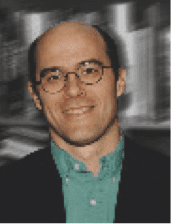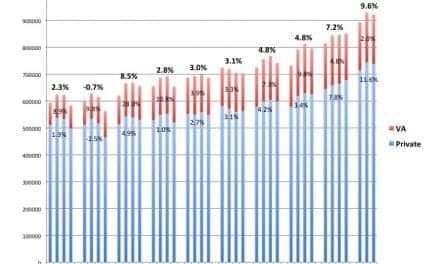Staff Standpoint | June 2019 Hearing Review
“I think the bottom line is that hearing loss interferes with the ability to communicate, and communication is critical for social engagement. This is a whole different frame of reference in terms of what audiologists should look at and what we’re doing. We’re restoring hearing, audibility, and understanding so that we can restore the ability to communicate because that’s essential to engagement.”—Barbara Weinstein, PhD
The above quote from Dr Weinstein underscores an important nuance to the mounting evidence that hearing loss is linked to numerous chronic diseases and comorbidities, ranging from cognitive decline and Alzheimer’s disease, clinical depression, diabetes, falls in the elderly, cardiovascular disease and hypertension, and even early death. Indeed, a huge amount of evidence has emerge in the last dozen years that suggests hearing loss is associated with all of these and more. And, in truth, none of it is particularly shocking to the those who work daily in hearing healthcare; a lot of the findings reinforce what we already know through direct observation: hearing health is an extremely important facet of general health.
However, in all these studies, there remain important caveats, and researchers are usually careful to stress that their findings have yet to determine a causal relationship between hearing loss and other chronic conditions—and it would be irresponsible to tell patients otherwise. In some of the studies, for example, microvascular changes due to aging or disease (eg, diabetes) could make hearing loss a kind of “canary in the coal mine,” where sensorineural hearing loss is a result of reduced blood flow to the cochlea.
But, in my opinion, even more important is the role of social engagement in staying healthy and avoiding chronic disease. Simply put, human beings are social creatures, and when social engagement is impeded by hearing loss, a lot of bad things can happen. And every hearing care professional can cite numerous instances of when they fit hearing aids on a patient and it radically changed not just their hearing status, but their outlook, activity level, and health. And, really, that’s the goal of our field—changing lives—and why so many professionals are so dedicated to it.
In the last couple years, The Hearing Review has produced three special projects, all sponsored by Hamilton CapTel, which were in some senses revelatory to me (these can be found in the “Resources” section at hearingreview.com):
1) Hearing Loss and Associated Comorbidities: What Do We Know? by Harvey Abrams, PhD;
2) Depression, Hearing Loss, and Treatment with Hearing Aids, by Victor Bray, PhD;
3) Social Engagement and Hearing Loss, by former Medqor editor Lena Kauffman (with commentary by Michael Harvey, PhD; Melanie Ferguson, PhD; Piers Dawes, PhD; Anu Sharma, PhD; Dave Blanchard, and Dr Weinstein).
Each provides a summary of the key scientific evidence on the topic, with the common thread pointing to how hearing loss affects physical and mental health (a fourth special report, Hearing Care and “Value-based Reimbursement” in Medicine, shows why this may be incredibly important to our field in the evolving US healthcare system).
When looking at all of these special reports as a whole, the phrase “Don’t lose the forest for the trees” holds special relevance. Hearing healthcare isn’t necessarily all about audibility. Audibility is akin to the “trees”: to an extent, it’s what hearing aids do. But it’s not really audibility that ameliorates things like social isolation, loneliness, depression, cognitive decline, and dementia.
That larger area (the forest) is the facilitation of social engagement in multiple listening environments and solving the unique hearing needs of individuals for effective communication. This is what yields conversations, emotions, brain stimulation, and better quality of life.
Helping patients re-engage in social activities that make their lives more fun and rewarding may be the real key to better health, and this is best achieved through aural rehabilitation. It’s a distinction our field should not lose sight of.
Citation for this article: Strom KE. Social engagement: Seeing the trees AND the forest. Hearing Review. 2019;26(6):6.







I teach Lipreading and Managing Hearing Loss classes, and they make an huge difference to the confidence of the people who attend, and combat dangerous social isolation, but so few people know about these valuable classes. There are some 375 classes nationwide, and they should be used alongside hearing aids as part of the solution.